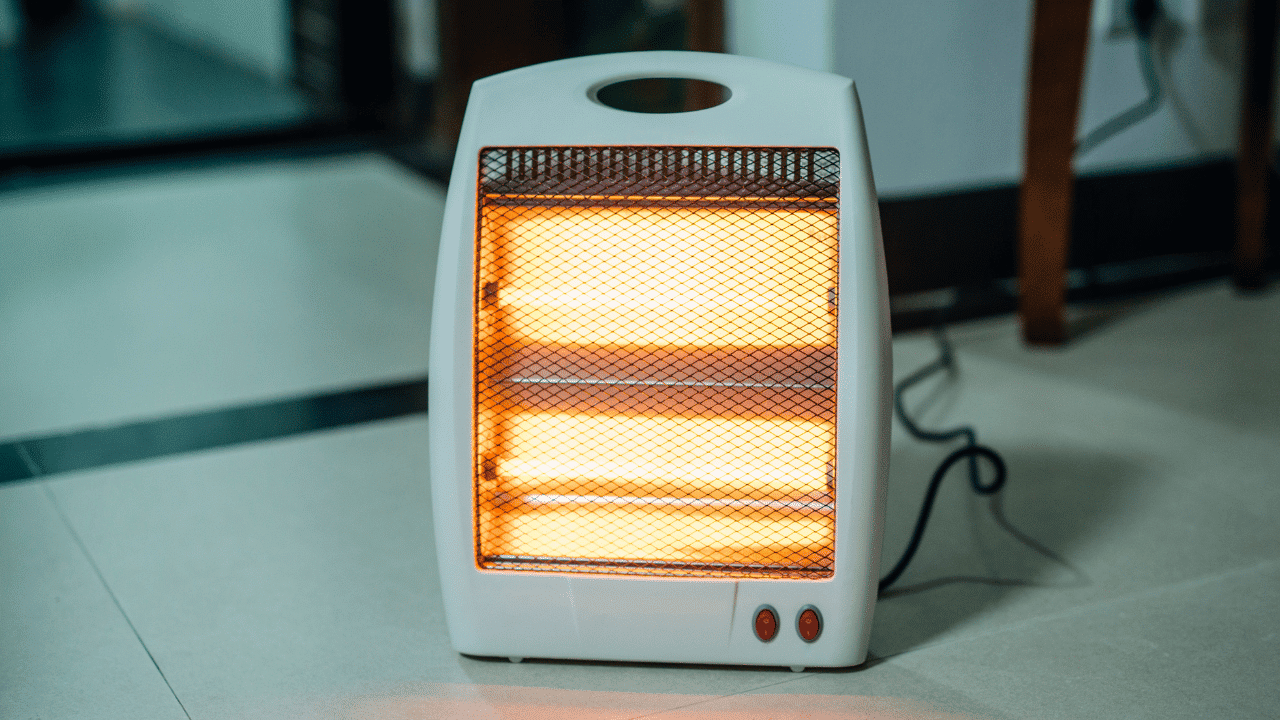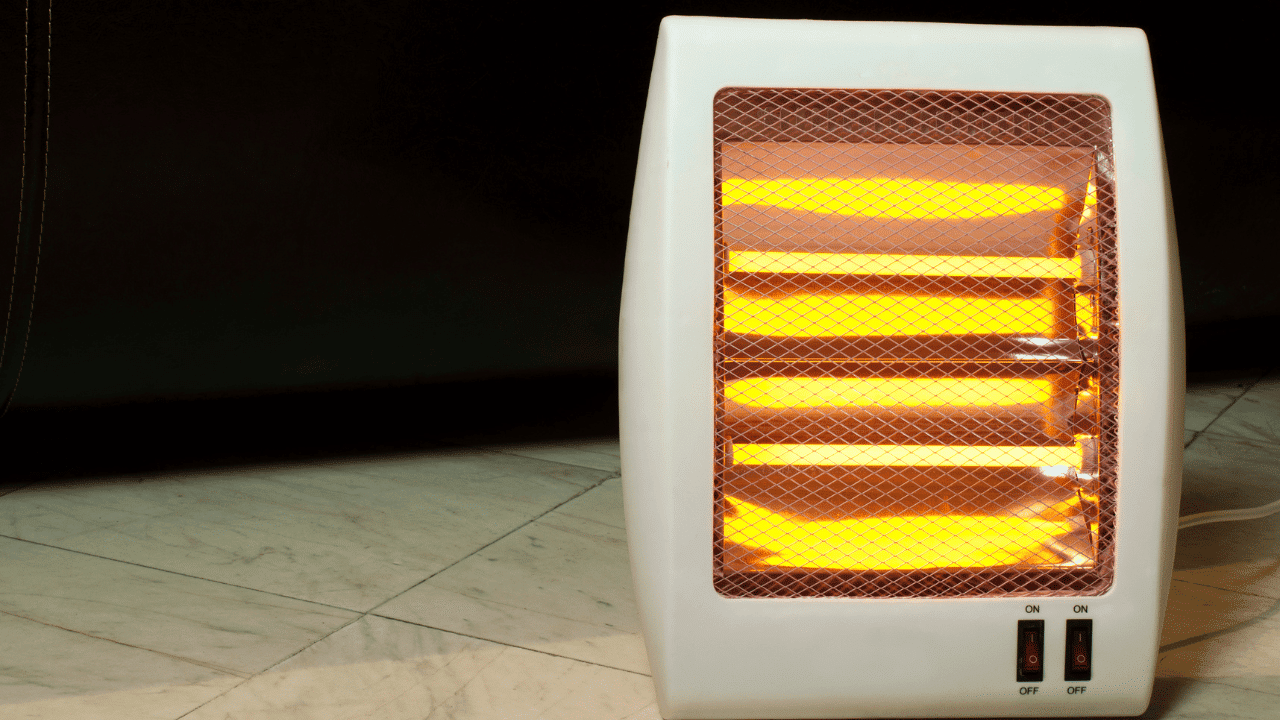Last Updated on September 7, 2023 by Pro Handyman Australia – Editorial Team
As the mercury dips, there’s an undeniable need for additional warmth in our homes. However, cranking up the thermostat might not always be the wisest choice. Why? A higher thermostat setting can lead to a noticeable surge in your energy bills.
The Role of Space Heaters:
Enter space heaters – your pocket-friendly solution to braving chilly winters. These compact devices offer a quick, effective, and economical way to warm up any room without depending on the central heating system. With diverse sizes and designs at your disposal, room heaters can provide that much-needed supplemental warmth, helping you manage your energy costs better during the cold months.
Selecting the Ideal Space Heater
While fancy features might draw your attention, the core questions remain: Will the heater efficiently warm my space? What’s the cost of its operation? It’s crucial to prioritize these essential factors over the additional perks a heater might offer. So, let’s delve into the five primary aspects to consider while shopping for a space heater.
Understanding Your Heating Options
Winters necessitate effective heating solutions, but the plethora of choices can be daunting. From oil heaters to cordless ones, to those with thermostats, the array of options can indeed be overwhelming. In this guide, we’ll shed light on the nuances of heaters, their advantages, safety precautions, and tips to ensure you select the one that aligns with your needs.
The Merits of Heaters for General Heating
While there are numerous methods to keep your home cozy during winters – ranging from traditional fireplaces to advanced heat pumps – room heaters stand out due to their safety, ease of use, and efficiency. Modern heaters, whether they are panel heaters, ceramic fan heaters, or slim style ones, are designed to seamlessly blend with your interiors, boasting compact, elegant, and discreet designs. A significant advantage of many smaller and cordless heaters is their portability, allowing you to efficiently warm only the occupied space, thereby optimizing energy consumption.
Safety Precautions with Heaters
Safety is paramount when dealing with electrical appliances. Contemporary heaters undergo rigorous safety tests before they hit the market. Nevertheless, even with modern designs, proper usage is crucial to avert hazards. Key safety measures to bear in mind include:
- Always ensure a minimum distance of one metre between the heater and other objects or individuals.
- Regular cleaning and maintenance can prevent dust accumulation which can pose a fire risk.
- Be cautious about placing large heaters in areas accessible to young children to prevent accidental toppling.
- Avoid placing any objects on heated surfaces.
And while these guidelines might seem elementary, their importance cannot be overstated. Opting for heaters with built-in thermostats can add an additional layer of safety to your heating solutions.
Guidelines for Selecting the Ideal Heater

Understanding safety is a step in the right direction, but there are other crucial factors to consider:
- Budgetary Constraints: Financial considerations play a pivotal role in the selection process. An efficient space heater might appeal to you, but it’s essential to balance its cost with your budget. Sometimes, investing a bit more initially in an energy-efficient model can lead to long-term savings.
- Placement of the Heater: Consider the size and layout of your space. While panel heaters might be perfect for smaller rooms, an oil heater can be more efficient for extensive spaces, especially for prolonged use.
- Energy Efficiency: Beyond the initial cost, the energy efficiency of a heater influences its operational expense. Look for energy rating labels to make informed decisions. Also, some heaters might be suitable for extended use, while others are optimized for short durations.
- Additional Tip: Pairing a heater with a dehumidifier can enhance energy efficiency. As dehumidifiers use minimal power and reduce air moisture, heaters can function more efficiently in drier environments.
- Family Considerations: Every household is unique. If you have young children or pets, certain heaters, like gas ones, might not be the most suitable. Heaters with thermostats or cordless designs that can be placed out of reach can be ideal choices in such scenarios.
Exploring the Diverse World of Heaters
To make the best choice for your heating needs, it’s essential to understand the various types of heaters available. Here’s a breakdown of some popular options, so you can find the perfect fit for your home.
Oil Column Heaters: Gentle and Long-Lasting Warmth
Oil heaters, also known as oil column heaters, stand out for their ability to provide enduring heat. The reason behind this is their lack of a fan mechanism. They function by using electricity to heat the oil inside their casing, resulting in steady, noiseless warmth. What’s particularly notable about oil heaters is their efficiency; they continue to emit heat for up to 30 minutes after being turned off. Given their long-lasting warmth, oil heaters are ideal for larger rooms.
Panel Heaters: Efficient and Quiet Heating
Panel heaters are an excellent choice for those seeking to heat sizable spaces. Thanks to their large surface area, these heaters efficiently radiate heat. Paired with a fan, they spread warmth swiftly throughout the room. Various models come equipped with energy-saving and safety features, ensuring utmost comfort for your family. They are best suited for heating smaller living areas, bedrooms, or hallways, often serving as an auxiliary to a heat pump.
Convector Heaters: Natural Circulation for Cozy Comfort
The allure of convector heaters lies in the comforting warmth they offer. These heaters work by passing air over an electric element, creating a natural circulation of warmth as hot air rises and is replaced by cooler air. Lighter in weight and boasting portability, convector heaters stand out for their simplicity and sleek design.
Ceramic Fan Heaters: Quick and Intense Heat
Ceramic fan heaters, like the renowned Goldair ceramic fan heaters, ensure a safe and cozy environment. They employ a ceramic stone heating element that heats up rapidly, offering intense warmth in no time. Compact and light, these heaters are perfect for targeted heating and can easily be moved around the house. They rank as the top efficient fan-based heaters and are available in both personal and tower variants.
Fan Heaters: Immediate Warmth for Smaller Spaces
When immediate warmth is the priority, fan heaters come to the rescue. Lightweight and portable, these heaters are tailored for short, quick bursts of warmth. An electric coil heats up rapidly, delivering immediate heat to its surroundings. These heaters shine in smaller spaces like offices or bedrooms, and if you’re working from home during the cold months in New Zealand, a desk heater can be a game-changer.
Guidelines for Purchasing the Ideal Space Heater

Evaluating Heating Capacity
To choose the right space heater, it’s pivotal to consider the amount of space you aim to warm. While determining wattage for primary heating based on square footage is straightforward—typically 10 watts for every 1 sq. ft., supplemental heating requires a more intricate calculation. Here’s a step-by-step guide:
- Gauge the Temperature Difference: Identify the gap between your room’s current and desired temperatures. For instance, a 10-degree rise is needed to heat a room from 65 to 75 degrees.
- Determine the Volume of Space: Assess the room’s cubic footage, calculated as Length x Width x Height. A room measuring 12 x 12 with an 8 ft. ceiling, for instance, equates to 1,152 cu. ft.
- Estimate BTUs for the Desired Temperature Rise: Raising 1 cu. ft. of air by 1 degree necessitates 0.24 BTUs. With our example, increasing the temperature by 10 degrees demands 2,765 BTUs (1,152 x 0.24 x 10).
- Translate BTUs into Watts: This can be done by dividing the BTU value by 3.41. Using our earlier example, a space heater with at least 811 watts is ideal for the given room.
Understanding Heater Types

Your next decision involves pinpointing the type of heater best suited to your needs. While there’s a myriad of heater styles available, they can be broadly categorized into three heating technologies: convection, infrared, and fan-forced.
- Convection Heaters: Renowned for their quiet, ambient heating, these heaters deploy natural convection, warming the entire room. They encompass oil-filled radiators, panel heaters, and certain infrared heaters.
- Radiant/Infrared Heaters: For immediate warmth, infrared heaters excel by directly heating objects, offering an instant warmth sensation. They are especially useful for large rooms with cold zones or spaces like enclosed porches during winter.
- Fan-forced Heaters: Equipped with an electric heating element and blower fan, these heaters disseminate warm air uniformly. While they produce some noise, it’s typically subtle enough not to disrupt daily activities.
For rooms that perennially feel chilly, a more permanent solution like a wall heater might be apt. Some can be mounted with brackets, while others are embedded into the wall. Such heaters are powerful, making them favorites in bathrooms, annexed rooms, or workshops.
Assessing Energy Efficiency
Energy conservation isn’t merely an eco-friendly gesture; it’s a pathway to reduced heating bills. Although current portable electric heaters lack standardized efficiency ratings, one can estimate operating costs by considering watts per hour (specified in product details) and local electricity rates. When strategizing heater use, remember that most are meant for supplemental heating. Features like adjustable thermostats, energy-saving modes, and programmable timers are valuable for optimizing energy use.
Prioritizing Safety
Safe operation of space heaters is paramount. Familiarize yourself with the safety instructions in the user manual, especially regarding power cord placement and maintaining unobstructed airflow. To minimize fire hazards, many heaters incorporate switches that automatically shut off the device under excessive heat or if it’s accidentally tipped. Features like cool-touch surfaces and OSHA-approved grilles further bolster safety.
Contemplating Noise Levels
Most electric heaters produce some noise, though the levels vary. If silence is a priority, like in bedrooms or offices, opt for non-fan-forced models like baseboard or freestanding convection heaters. Radiant heaters, too, are noteworthy for their quiet operation in such settings.
Conclusion
Choosing the right heater for your home or office is more than just a winter necessity; it’s about optimizing comfort, ensuring safety, and making an informed financial decision. From understanding the intricacies of heating capacities to delving into the varied heater technologies, a comprehensive heater buying guide serves as your compass in this sea of choices. Factors such as energy efficiency, noise levels, and safety mechanisms are crucial components to weigh in on before making a purchase. Remember, a heater isn’t just an appliance; it’s an investment in your comfort and well-being. With the insights provided in this guide, you’re now better equipped to find the perfect warmth companion tailored to your needs, ensuring cozy days and nights ahead.
